One of the biggest advantages of modern travel is flexibility — and at our bike rental service in Austria, we understand that cycling adventures do not always begin and end in the same place. Whether you’re exploring Vienna’s cityscape, riding along the Danube Cycle Path, or venturing into the Alps, we make it possible to pick up your rental bike in one city and return it in another.
This service is ideal for long-distance cyclists, touring enthusiasts, and anyone who wants maximum freedom during their Austrian holiday.
How Our One-Way Flexible bike rentals Service Works
- Step 1: Choose your starting city – for example, Vienna.
- Step 2: Plan your cycling journey – whether it ends in Salzburg, Linz, Bratislava, or elsewhere.
- Step 3: Drop off your bike in your destination city – no need to cycle back to the starting point.
- Step 4: Pay a transparent transport fee – cost is €1.15 per km between pick-up and return locations.
Example Pricing for Bike Delivery & Pick-Up
We calculate transportation fees based on the distance between your start and end city. Here are some popular routes and costs (approximate):
- Vienna → Salzburg (approx. 300 km)
- Transport cost: ~€345
- Ideal for: Riders completing the entire Danube Cycle Path or a multi-day cross-Austria adventure.
- Salzburg → Vienna (approx. 300 km)
- Transport cost: ~€345
- Perfect for: Cyclists beginning in Salzburg and finishing in the capital.
- Vienna → Linz (approx. 185 km)
- Transport cost: ~€213
- Perfect for: A shorter ride along the Danube with time to enjoy Upper Austria.
- Linz → Vienna (approx. 185 km)
- Transport cost: ~€213
- Great for: Ending a cycling trip with Vienna’s cultural attractions.
- Vienna → Bratislava (Slovakia) (approx. 80 km)
- Transport cost: ~€92
- Popular with: Tourists riding the EuroVelo 6 route from Vienna to Bratislava in a day.
- Bratislava → Vienna (approx. 80 km)
- Transport cost: ~€92
- Ideal for: Travelers arriving in Bratislava and finishing their trip in Vienna.
- Vienna → Graz (approx. 200 km)
- Transport cost: ~€230
- Great option: Explore Austria’s second-largest city after a scenic Styrian countryside ride.
- Graz → Vienna (approx. 200 km)
- Transport cost: ~€230
- Perfect for: Starting in southern Austria and ending in the capital.
- Salzburg → Innsbruck (approx. 185 km)
- Transport cost: ~€213
- Recommended for: Alpine tours across Tyrol, with breathtaking mountain landscapes.
- Innsbruck → Salzburg (approx. 185 km)
- Transport cost: ~€213
- Ideal for: Reverse Alpine adventures.
Why Travelers Choose Flexible Drop-Off Options
- Freedom of Route Design – No need to cycle back to the starting city.
- Time Savings – Avoid unnecessary return trips by train or bus with a bike.
- Adventure-Ready – Ideal for cyclists following EuroVelo 6, Tauern Cycle Path, or Alpe-Adria Trail.
- Cross-Border Possibilities – Extend your ride beyond Austria into Bratislava (Slovakia), Munich (Germany), or even Ljubljana (Slovenia) with custom delivery options.
Additional Options and Flexible bike rentals
- Group Discounts – Shared delivery fees for groups of cyclists.
- E-Bike Transport – Available at the same €1.15 per km rate, with secure handling for batteries and electronics.
- Return-to-Hotel Service – We can collect bikes directly from your hotel or guesthouse at the end of your journey.
- Custom Routes – Contact us for personalized arrangements if your destination is not on the standard list.
Example Customer Scenarios
- Family Ride: A family starts in Vienna, cycles leisurely along the Danube, and ends their holiday in Linz — bikes are collected at their hotel.
- Sporty Adventure: A group of friends rents gravel bikes in Vienna and rides across Austria, finishing in Salzburg — bikes are dropped off at a rental partner.
- Cross-Border Touring: Solo traveler cycles from Vienna to Bratislava in one day, leaves the bike there, and continues traveling by train.
Transparent Pricing and Easy Booking
- Base Price for Bike Rental: According to model (mountain bike, e-bike, road, gravel).
- Transport Fee: ~€1.15 per km (distance calculated on standard road routes).
- No Hidden Costs: You know the total price in advance when booking.
Example Price Table for Delivery and Pick-Up
| Route | Distance (km) | Price (€) |
|---|---|---|
| Vienna → Salzburg | ~300 | ~345 |
| Salzburg → Vienna | ~300 | ~345 |
| Vienna → Linz | ~185 | ~213 |
| Linz → Vienna | ~185 | ~213 |
| Vienna → Bratislava | ~80 | ~92 |
| Bratislava → Vienna | ~80 | ~92 |
| Vienna → Graz | ~200 | ~230 |
| Graz → Vienna | ~200 | ~230 |
| Salzburg → Innsbruck | ~185 | ~213 |
| Innsbruck → Salzburg | ~185 | ~213 |
Conclusion: Maximum Flexibility for Your Austrian Bike Adventure
With our bike delivery and one-way rental service, you can explore Austria (and even nearby countries) without worrying about returning to your starting point. Whether you want to ride the Danube from Vienna to Linz, cross the Alps from Salzburg to Innsbruck, or enjoy a city-to-city ride from Vienna to Bratislava, our flexible drop-off options make it possible. Flexible bike rentals in Vienna
👉 Plan your perfect cycling journey today — rent in Vienna, return in Salzburg, Linz, Bratislava, or beyond.

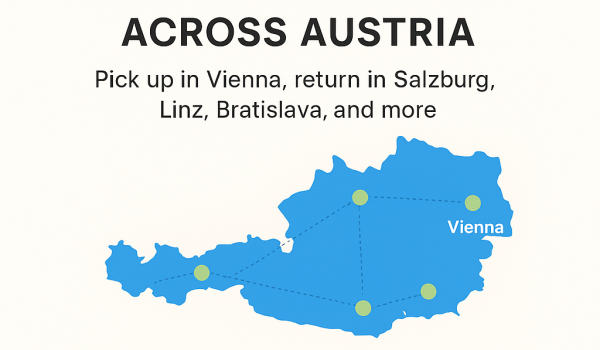
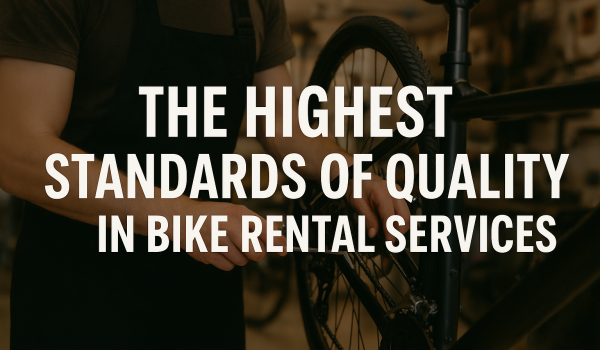
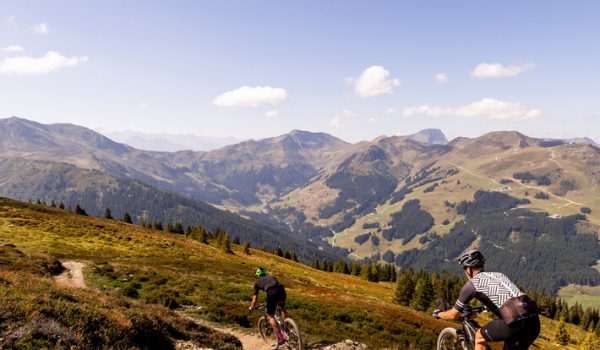
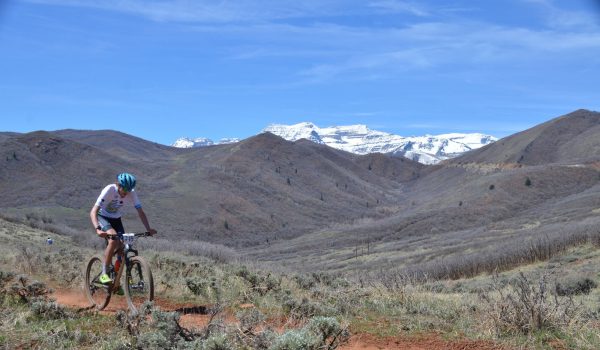
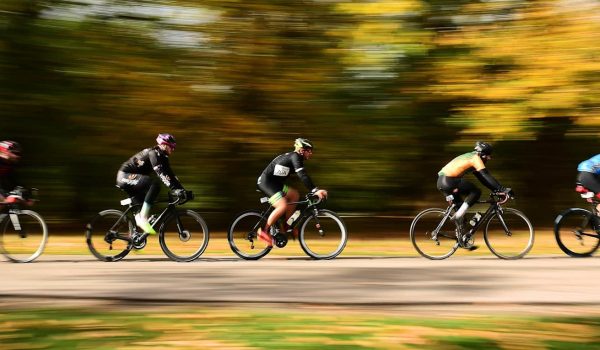
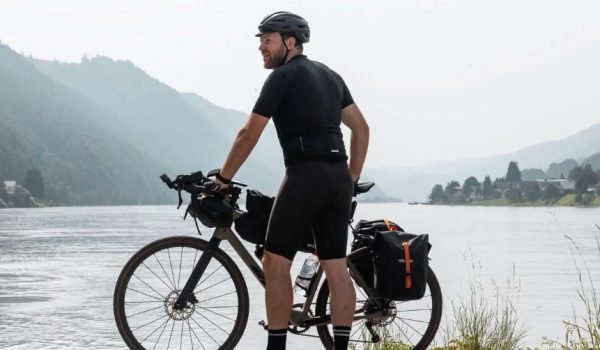
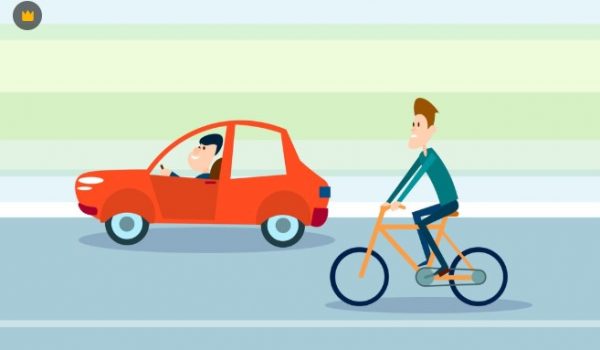
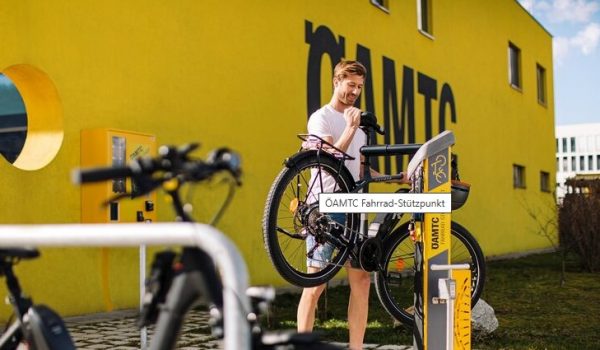
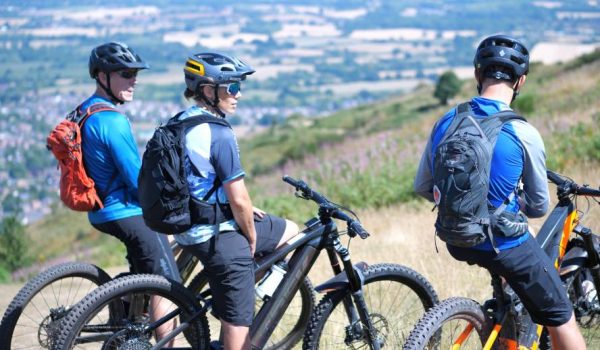
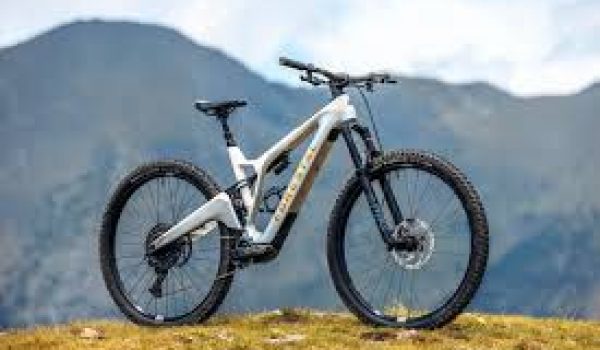
Follow Us